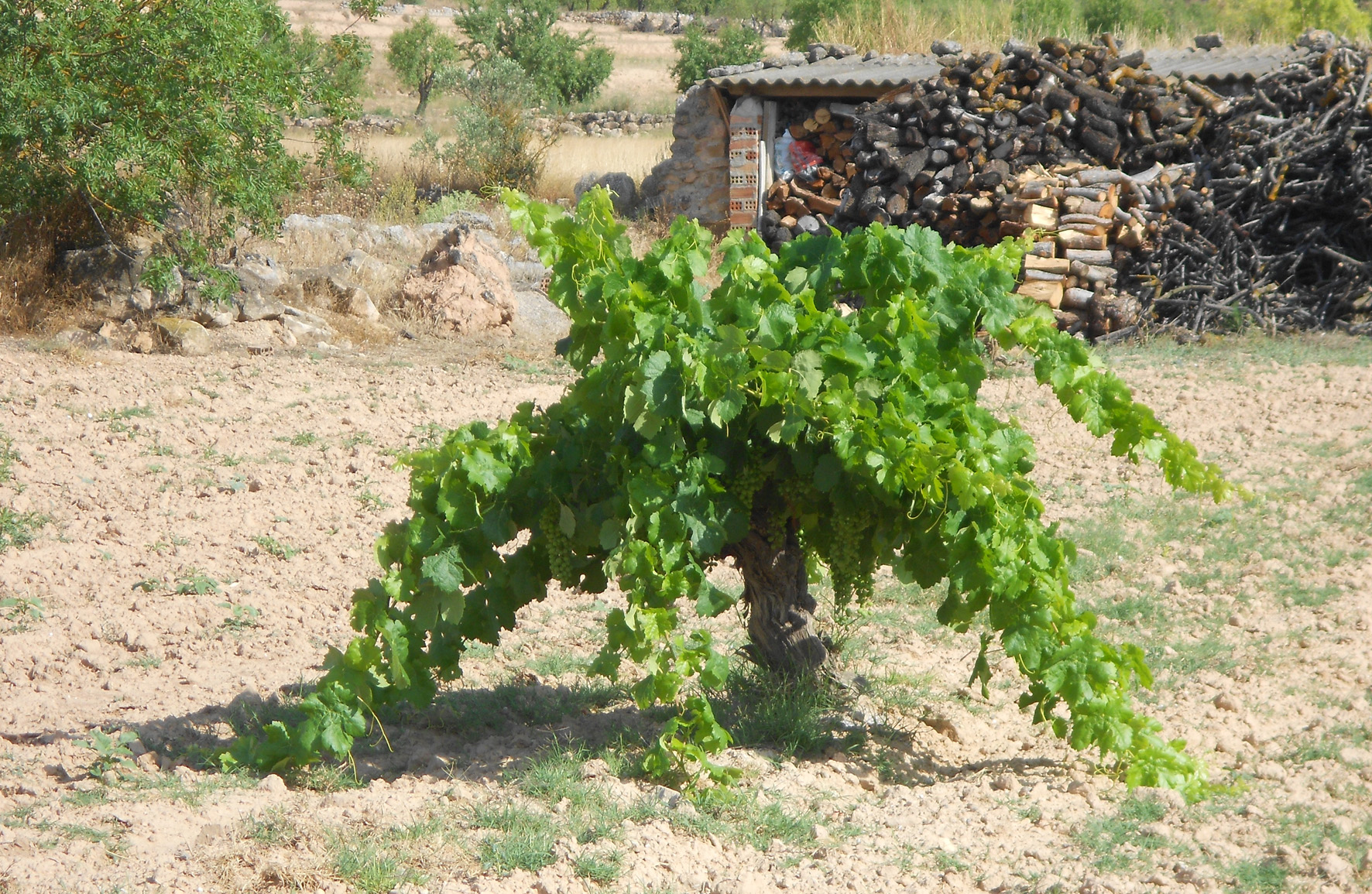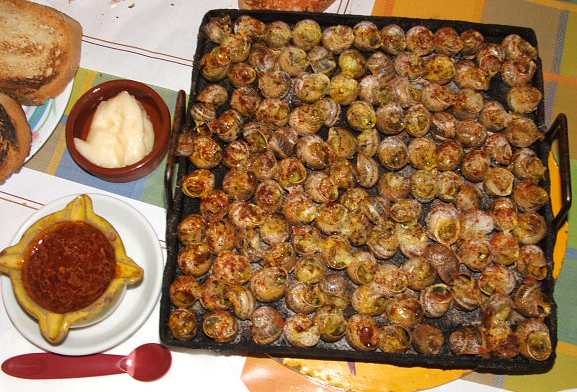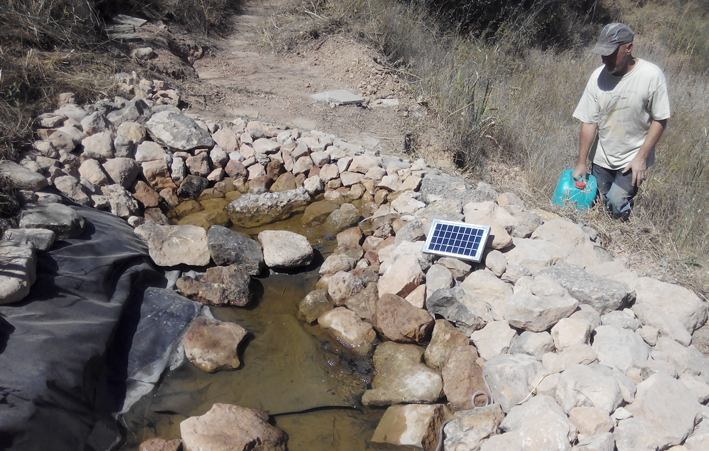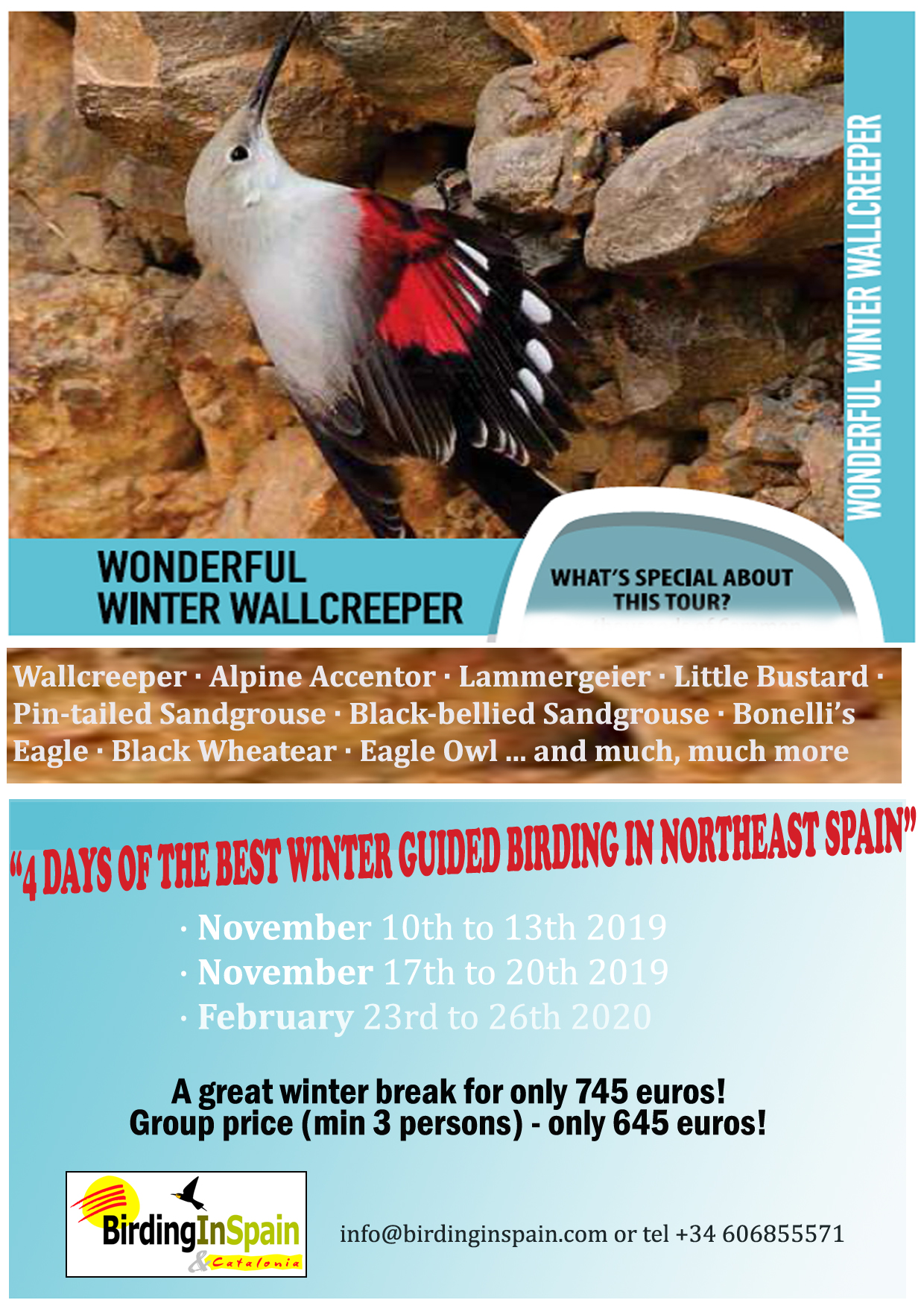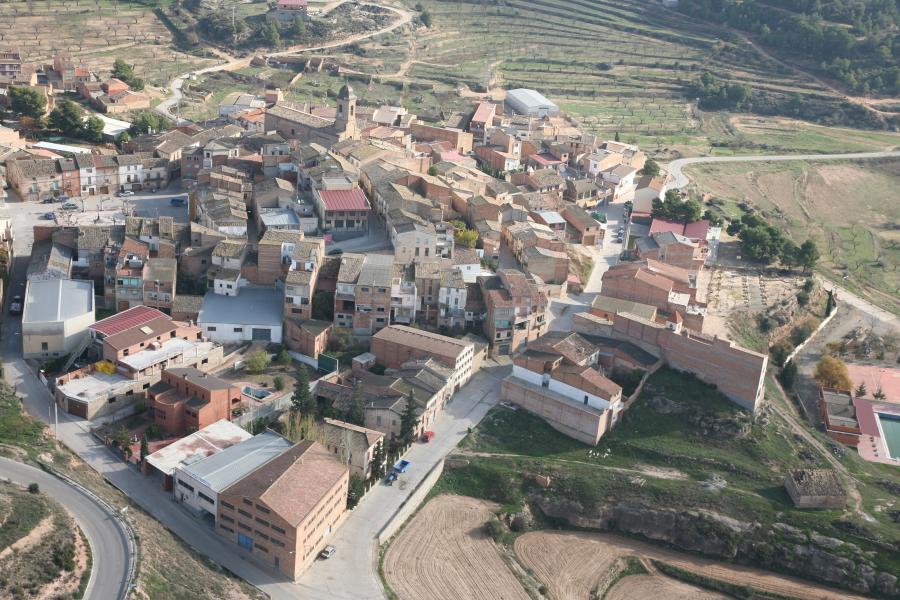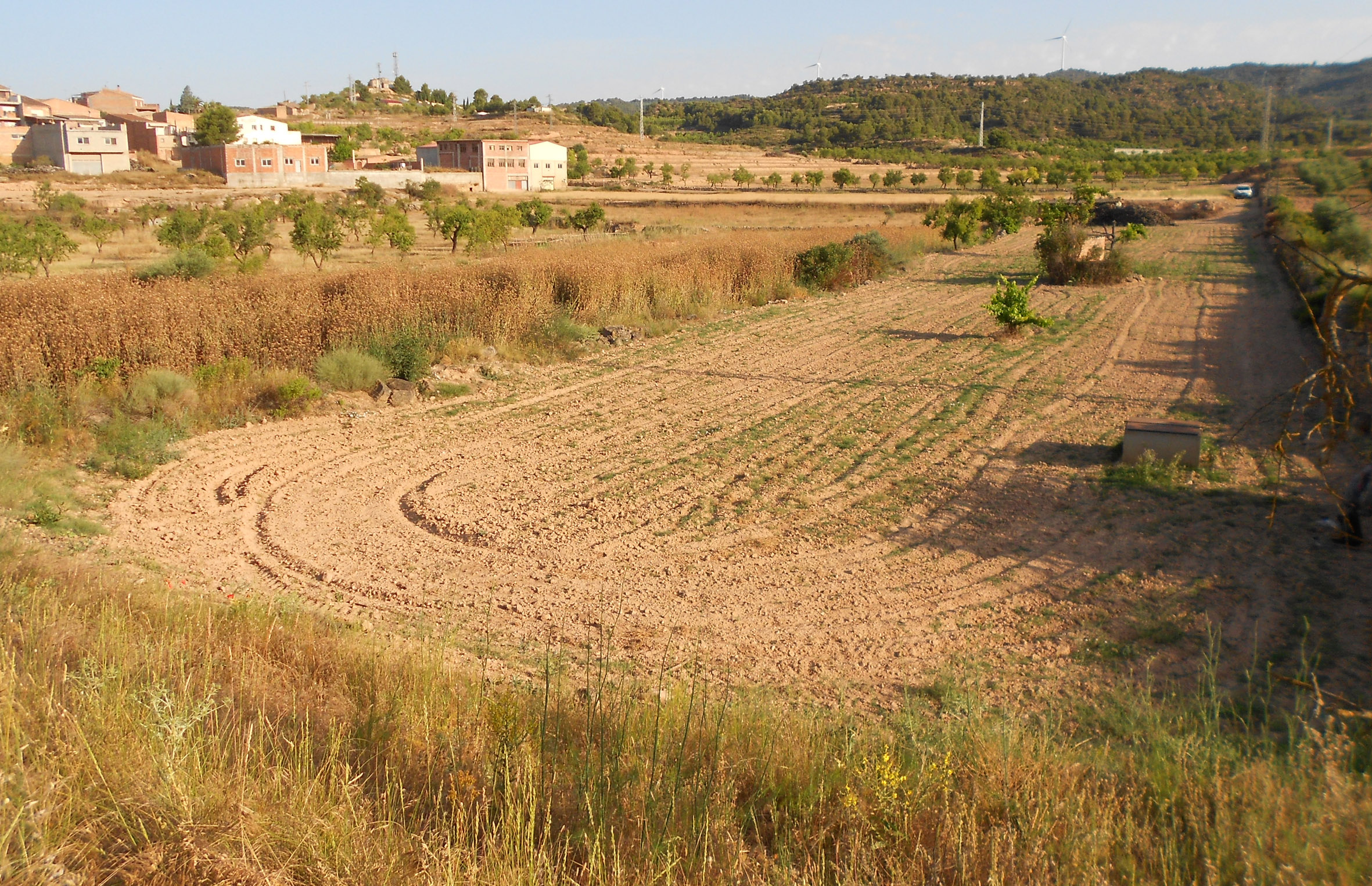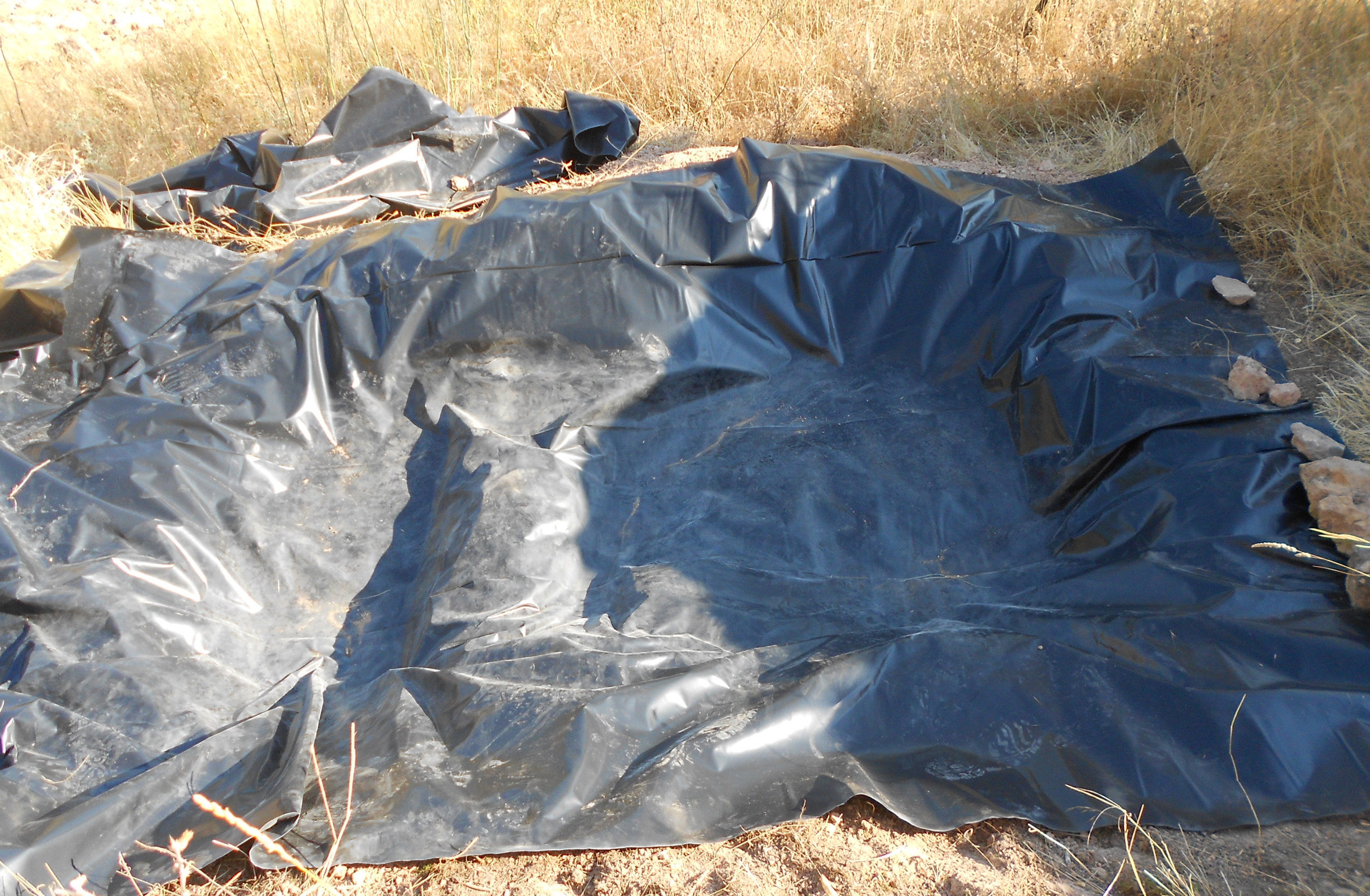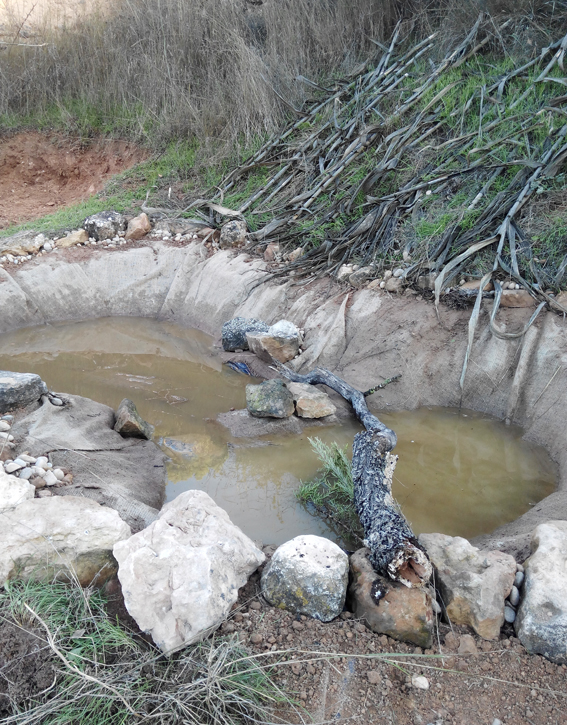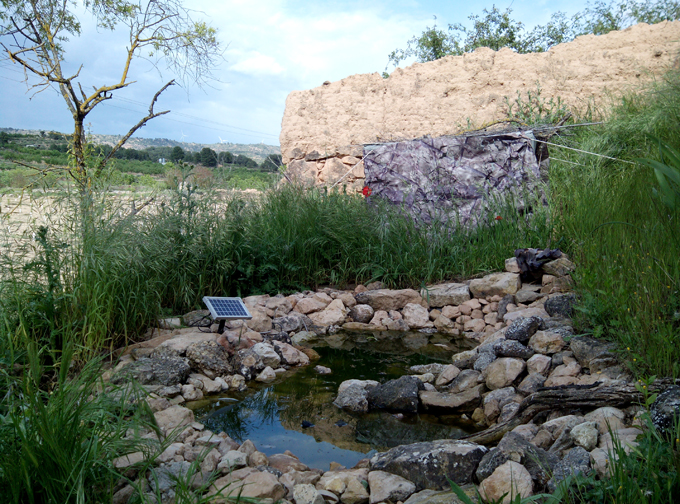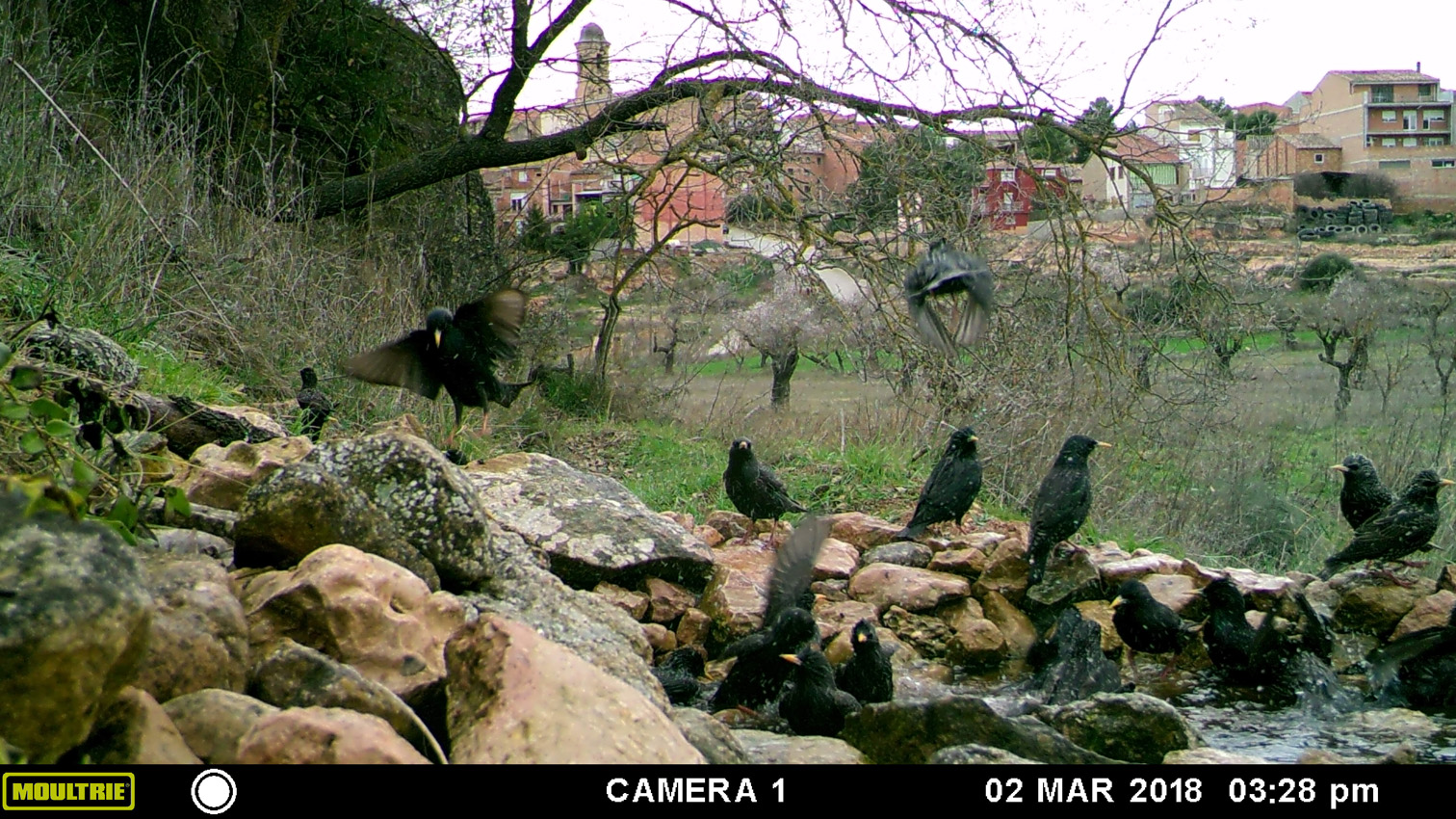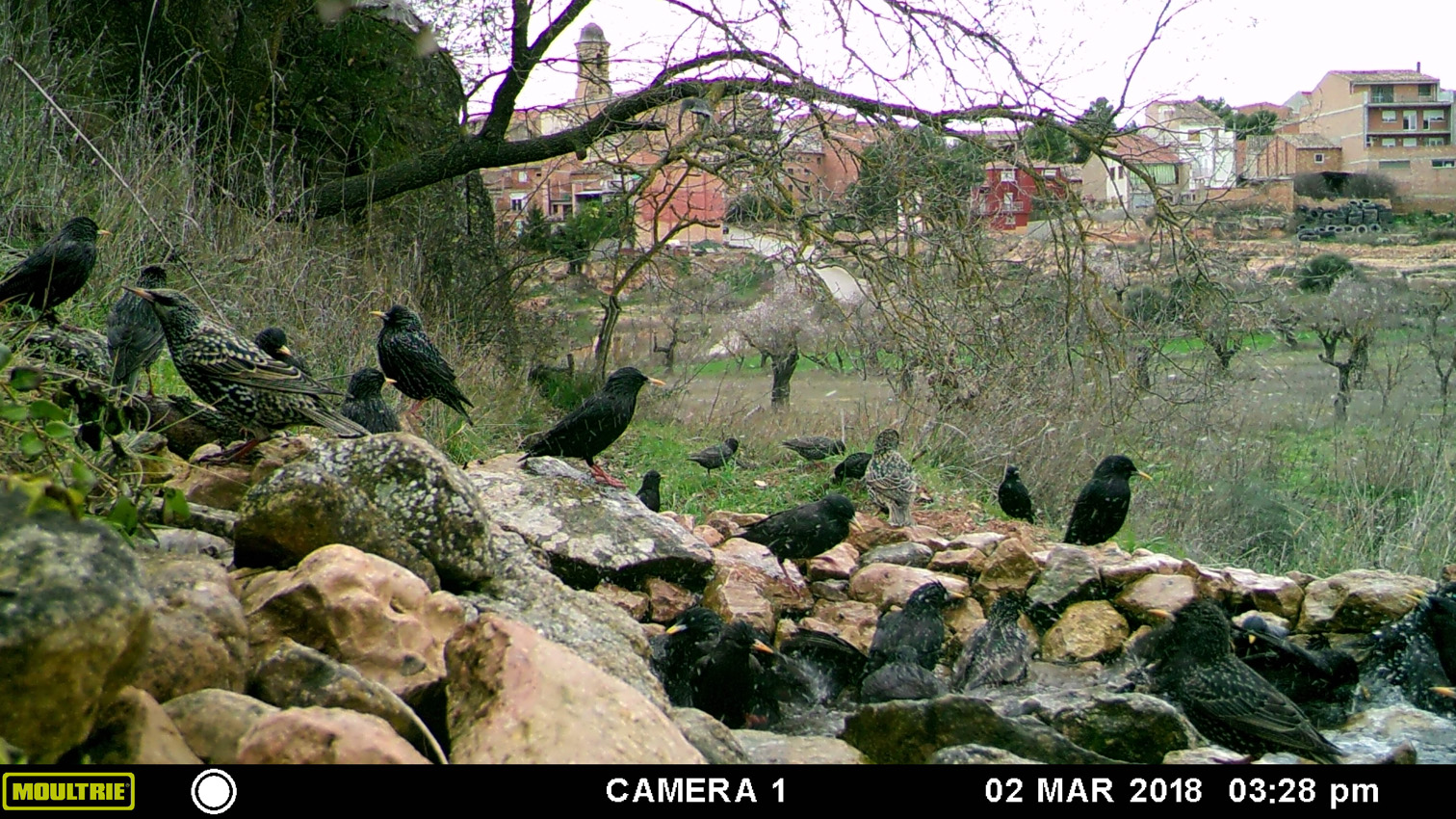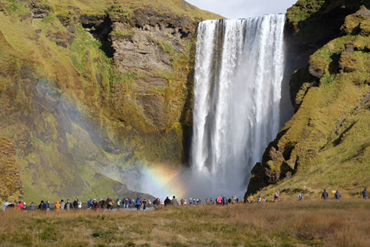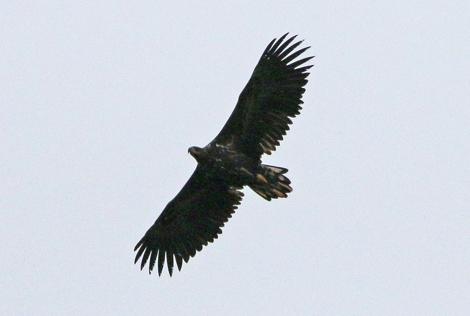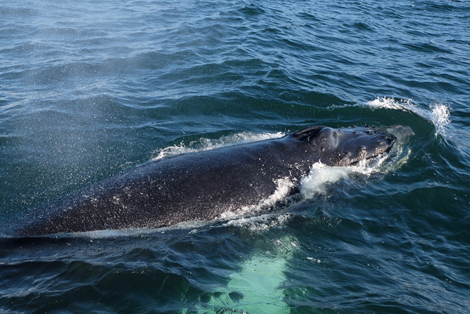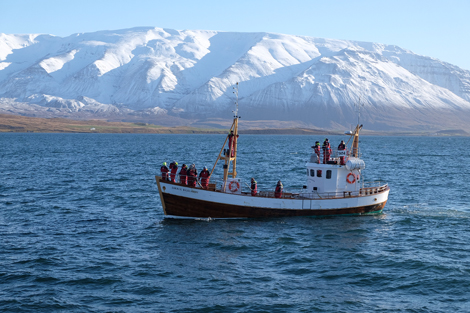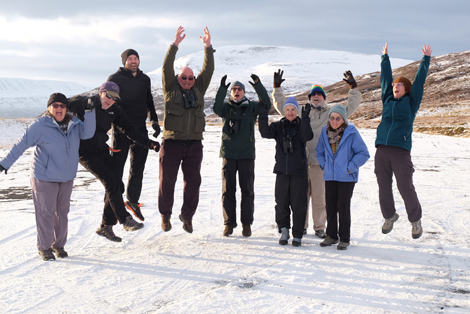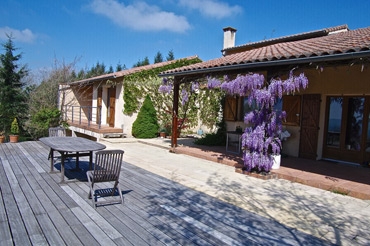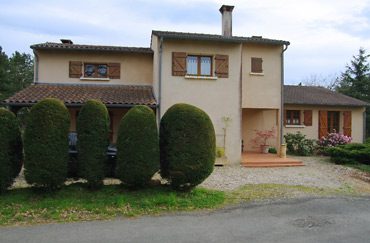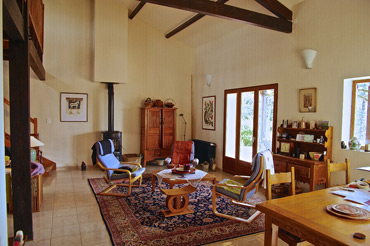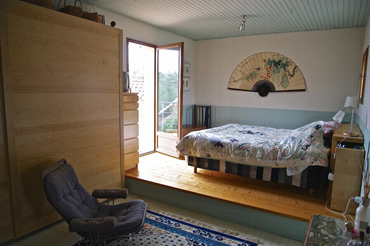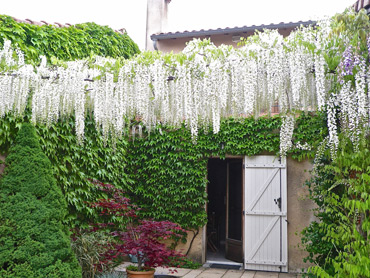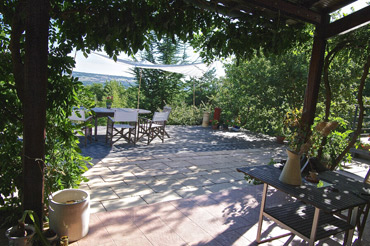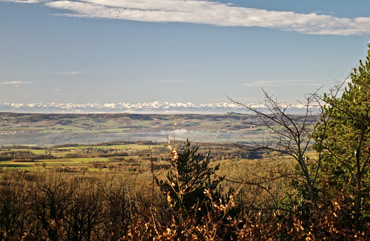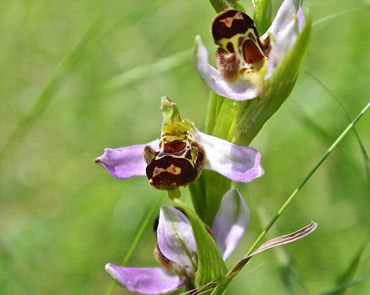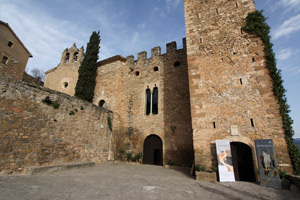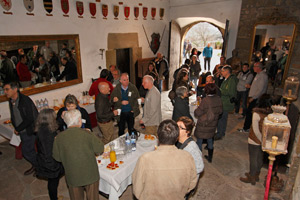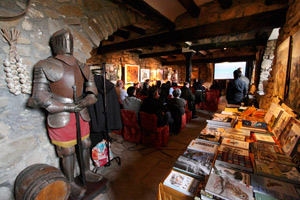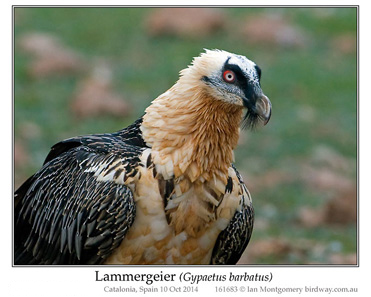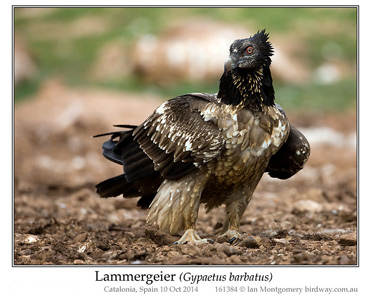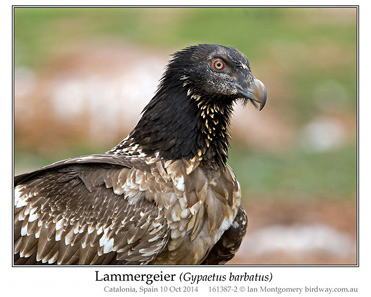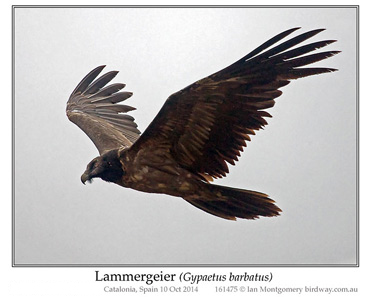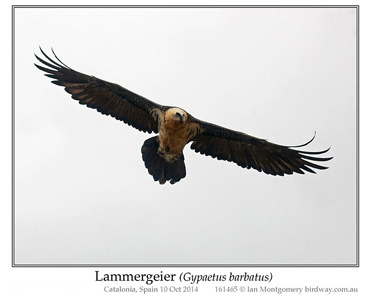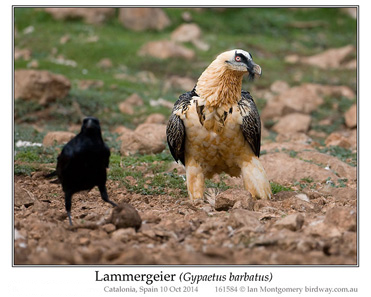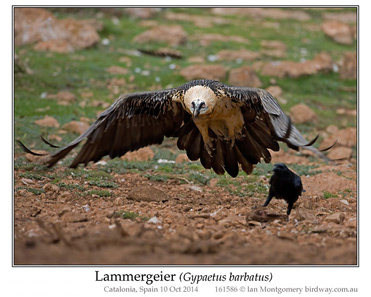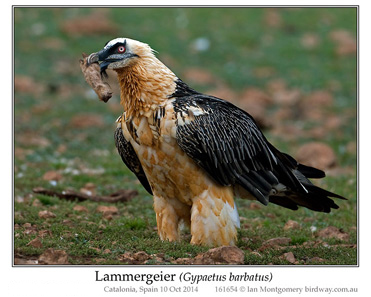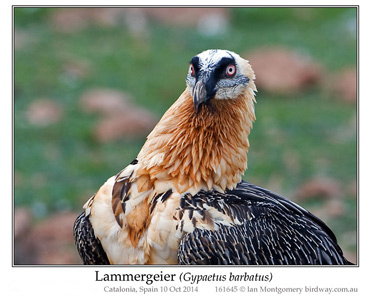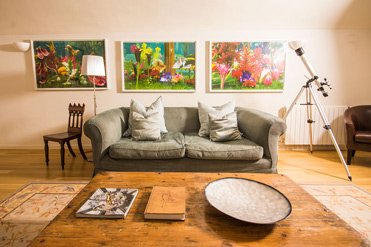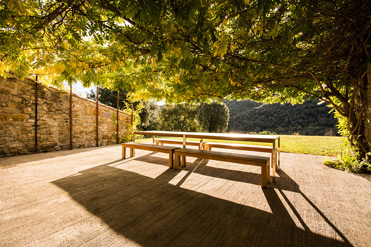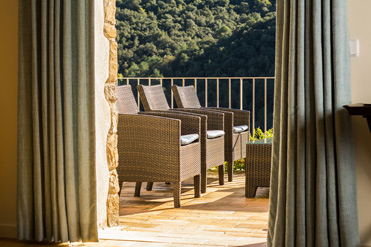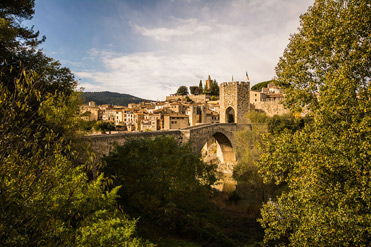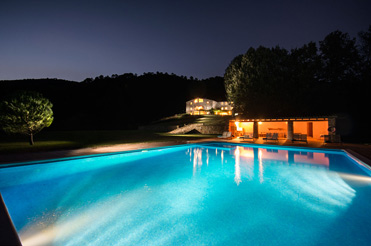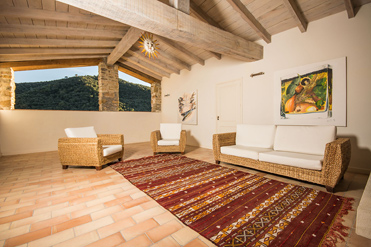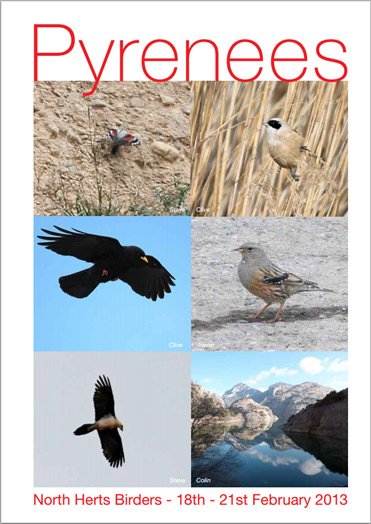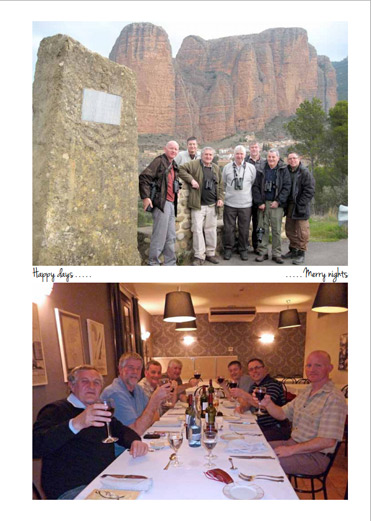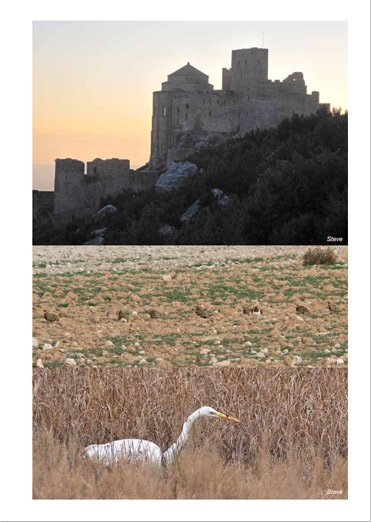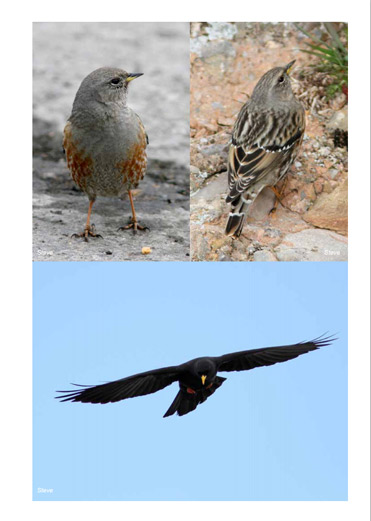The frog in the well
The frog in the well
A puzzle for you:
- A frog is at the bottom of a well, which is 30 feet deep (use metres if you prefer). Every day the frog climbs up 3 feet (or metres), but slides back 2. How many days will the frog need to get out of the well?
You can answer in the comments section if you think you have it. Or if you prefer, send us an e-mail.
We’re still waiting for a frog to appear, not in the well, but in the pool. So far, no frog, although we did have a whopping toad for one day. On another day, as I was filling an “olla” with water I was delighted to discover a small frog avidly swimming about inside. I let it crawl out of the top hole as I filled the olla, and didn’t replace the stone over the top of the hole, as I felt certain it would like to go back in sooner or later. That in itself gave me an idea: why not create “micro-reserves” with olles here and there, some with water and some without? Those without water would be refuges for spiders, beetles and woodlice, while those with might be encouragement for more froglets.
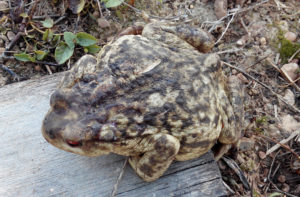
Common Toad, Bufo bufo
You can read more about “olles” here, including their function in permaculture, and how to make a terra cotta flowerpot olla:
https://wateruseitwisely.com/olla-irrigation/
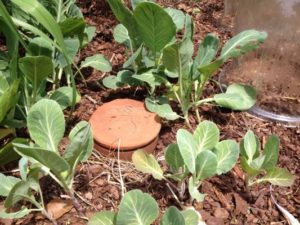
Home-made olla for watering
Like many of the gardening tasks, such as weeding, planting and the like, filling and inspecting ollas requires a fair bit of bending over. However, when bent over I don’t have to raise my head to know that one of the local Blue Tits is close, this time inspecting the nest box that I’ve put up for them on the dying persimonn tree. Last year they built a nest, but for some reason they abandoned before any eggs were laid. When I ascended to clean out the nest box there was the nest, but none of the dirt associated with a used one. I think the problem is that they are of a very nervous disposition and cannot accept my presence, even when I’m face down and bent over most of the time and only watch them through the corner of my eye!
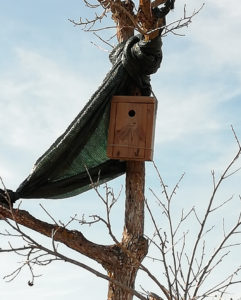
Blue Tit nest box on persimmon tree
This year they haven’t nested, despite repeated attempts by the male to encourage the female to have a look around the lovely new residence he had discovered. I think she took a dislike to the neighbours (me) and that hers was the final word. Even the shading I had put up for the box to compensate for the lack of branches and leaves was not good enough for her more refined tastes.
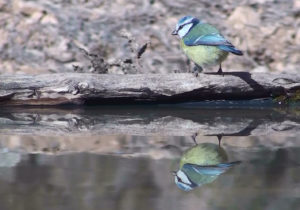
Blue Tit, Cyanistes caeruleus, at drinking pool
If you are thinking about making, purchasing and erecting a nest box for hole nesting birds such as the Blue Tit, or indeed even a considerable array of other potential birds, you really should read up well to maximize the possibilities of success. You could do much worse than to buy this book published by the BTO (British Trust for Ornithology)
https://www.bto.org/our-science/publications/bto-books-and-guides/nestboxes-your-complete-guide
At the Pou del Mano I haven’t seen much evidence of nesting birds. Certainly early in the spring we had a Corn Bunting singing almost non-stop for weeks above and around the couple of hay bales which we use for mulch, and more or less at the same time two male Sardinian Warblers were in avid pursuit of a female Sardinian Warbler. The Black Redstarts that frequented the rain roof throughout the winter were no longer there one day in mid-spring, while the singing Hoopoe from last year seems to have moved elsewhere. Golden Orioles nest in trees close to us, but not on site, and the Stone Curlew has been in fields close by for the last two breeding seasons. On the upside we’re getting a lot of interest from this year’s Little Owl juveniles, exploring the area close to where they were born, while doing their best to avoid the couple of marauding cats we try to keep off the site. A Black-eared Wheatear puts in the occasional appearance, and this year the Red-rumped Swallows seem to be a little less common than in previous years.
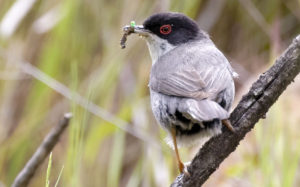
Male Sardinian Warbler, Sylvia melanocephala
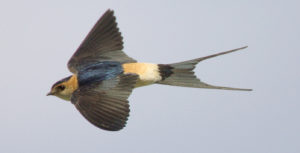
Red-rumped Swallow, Cecropis daurica
But back to the frog in the well: the Pou del Mano is actually 13 metres deep, so how long would the above-mentioned frog need to get out of the well?
Next chapter: Tree planting – dreams and realities
BIS feedback, what real people say about us
Bill W., UK, May 2019
Unlike some of the others on the trip, this was my first time birding in another country, and I thoroughly enjoyed the whole experience. However, the fact that it was so enjoyable was undoubtedly due to being in the company of you both. From the moment you picked us up from the airport, we knew we were in good hands.
Your bird knowledge Steve, I found to be extraordinary, and I would never have seen my 52 “lifers” without your help.
Also, many thanks to you both for your help with Spanish translation and pronunciation. I am now seriously considering looking for a local Spanish conversation class.
All the very best to you both, and I hope we get the opportunity to meet again in the not too distant future.
Thanks Bill!
We recommend:
Iceland awakes! An awesome spring birding tour

